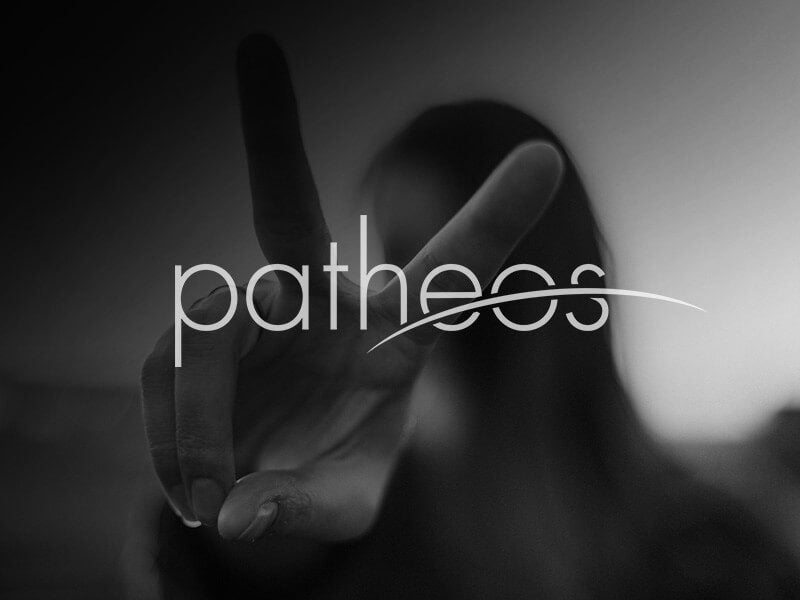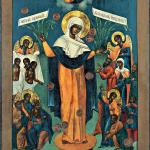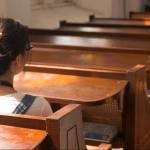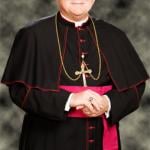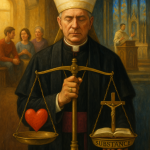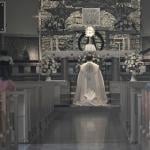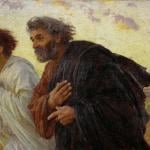Vatican City, Mar 26, 2015 / 04:00 pm (CNA/EWTN News).- Cardinal Gerhard Mueller, prefect of the Congregation for the Doctrine of the Faith, has told a French paper that doctrinal, or even disciplinary, decisions regarding marriage and family are not up for determination by national bishops’ conferences. “It is an absolutely anti-Catholic idea that does not respect the Catholicity of the Church,” Cardinal Mueller said when asked, “Could certain doctrinal or disciplinary decisions on marriage and family be delegated to the episcopal conferences?” “Episcopal conferences have authority on certain matters, but they are not a magisterium beside the Magisterium, without the Pope and without communion with all the bishops,” he continued. The Famille Chretienne interview of Cardinal Mueller – whose office is tasked with promoting and safeguarding doctrine on faith and morals – was published March 26, and was translated into English by Rorate Caeli. The cardinal was asked directly about comments made last month by Cardinal Reinhard Marx of Munich and Freising, who is president of the German bishops' conference. Cardinal Marx told reporters, “We are not a branch of Rome. Each conference of bishops is responsible for pastoral care in its cultural context and must preach the Gospel in its own, original way. We cannot wait for a synod to tell us how we have to shape pastoral care for marriage and family here.” Cardinal Marx’s statements come amid proposals by some in the Church to permit a wider access to Communion for the divorced and remarried. The subject was raised by some German bishops in the past, and has been a topic of discussion surrounding the Synod on the Family gatherings last year and this coming fall. Church teaching holds that marriage is a permanent sacrament that does not come to an end if spouses obtain a civil divorce. An annulment process exists within the Church to examine whether the marriage was invalid in the first place. But without an annulment, individuals may not enter into a second marriage while the first marriage is still binding. Doing so bars one from receiving Communion. Responding to the assertions of the president of the German bishops' conference, Cardinal Mueller, who was ordained a priest of the Diocese of Mainz, remarked that “an episcopal conference is not a particular council, much less an ecumenical council. The president of an episcopal conference is nothing more than a technical moderator, and he does not have any particular magisterial authority due to this title.” “Hearing that an episcopal conference is not a 'branch of Rome' gives me the occasion to recall that dioceses are not the branches of the secretariat of a bishops' conference either, nor of the diocese whose bishop presides over the episcopal conference.” Such an attitude, he said, “risks in fact the reawakening of a certain polarization between the local Churches and the universal Church, out of date since Vatican I and Vatican II. The Church is not a sum of national churches, whose presidents would vote to elect their chief on the universal level.” Cardinal Mueller also reflected on the nature of the Church, recalling that it “is not a philanthopic organization. To say that we respect the opinions of all, that we wish for the good of all, is not enough.” “To present the Gospel as a simple therapeutic message is not very hard, but it does not respond to the demands of Jesus. 'Blessed are you when people insult you, persecute you and falsely say all kinds of evil against you because of me,' Jesus says. The first apostles, the Fathers of the Church, the great bishops in the history of the Church, very often sailed against opposing winds. How could it be any different for us?” Cardinal Marx – whom the German bishops have chosen as one of their three delegates at the upcoming Synod on the Family – had also said there are “certain expectations” of Germany in helping the Church to open doors and “go down new paths,” and that “in doctrine, we also learn from life.” Cardinal Marx' comments have also been countered by another Vatican prelate of German origins. Cardinal Paul Josef Cordes, who was ordained a priest of the Archdiocese of Paderborn and is president emeritus of the Pontifical Council Cor Unum, published a strenuous objection to the media statements of his fellow German bishop in the form of a March 7 letter to the editor of Die Tagespost. Discussing Cardinal Marx' statements on bishops' conferences and ecclesiology, he wrote that his “theological blurriness makes you wonder,” adding that statements like “we are not a branch of Rome” are more suited “to the counter of a bar.” “The head of the German bishop’s conference certainly has some competence when it comes to a second edition of the hymnal or the changing of the pilgrim route to Altötting,” Cardinal Cordes stated. “But the president argues something entirely different.” “The president argues about the drama of the divorced and remarried! This matter reaches far beyond regional particularities of a pragmatic nature, of a given mentality and cultural background. This matter is bound to the very center of theology. In this field not even a cardinal can loosen such a complex Gordian knot in a single swordstroke … A responsible shepherd cannot be guided by a blurred 'mercy.' And while the president repeats that regarding the Magisterium, he wants to 'stay within the community of the Church,' he either ignores the limits that this Magisterium gives to pastoral care, or he is carefree in making a statement to make himself sound good.” Like Cardinal Mueller, Cardinal Cordes lamented that in Cardinal Marx' comments, the idea of communion – among bishops, and with the Bishop of Rome – was sorely lacking, “even though the bishops expressly promised 'unity with the College of Bishops under the Successor of Peter' during their episcopal consecration. The sentence: 'We cannot wait for a synod to tell us how we have to shape pastoral care for marriage and family here' is not imbued with a spirit of 'Communio'.” He charged that the message sent by Cardinal Marx “seems to be the result of an 'obedience that goes ahead', a deeply political strategy which creates 'facts' in order to dominate the process of decision-making and to put pressure on their colleagues.” “Particularly deplorable are the statements during the press conference that the 'new solutions' – everyone knows what is meant – can be theologically justified,” Cardinal Cordes wrote. “Does he want to say that the dogma of the inseparability of marriage becomes intolerable because of the life situations of remarried people?” Read more









